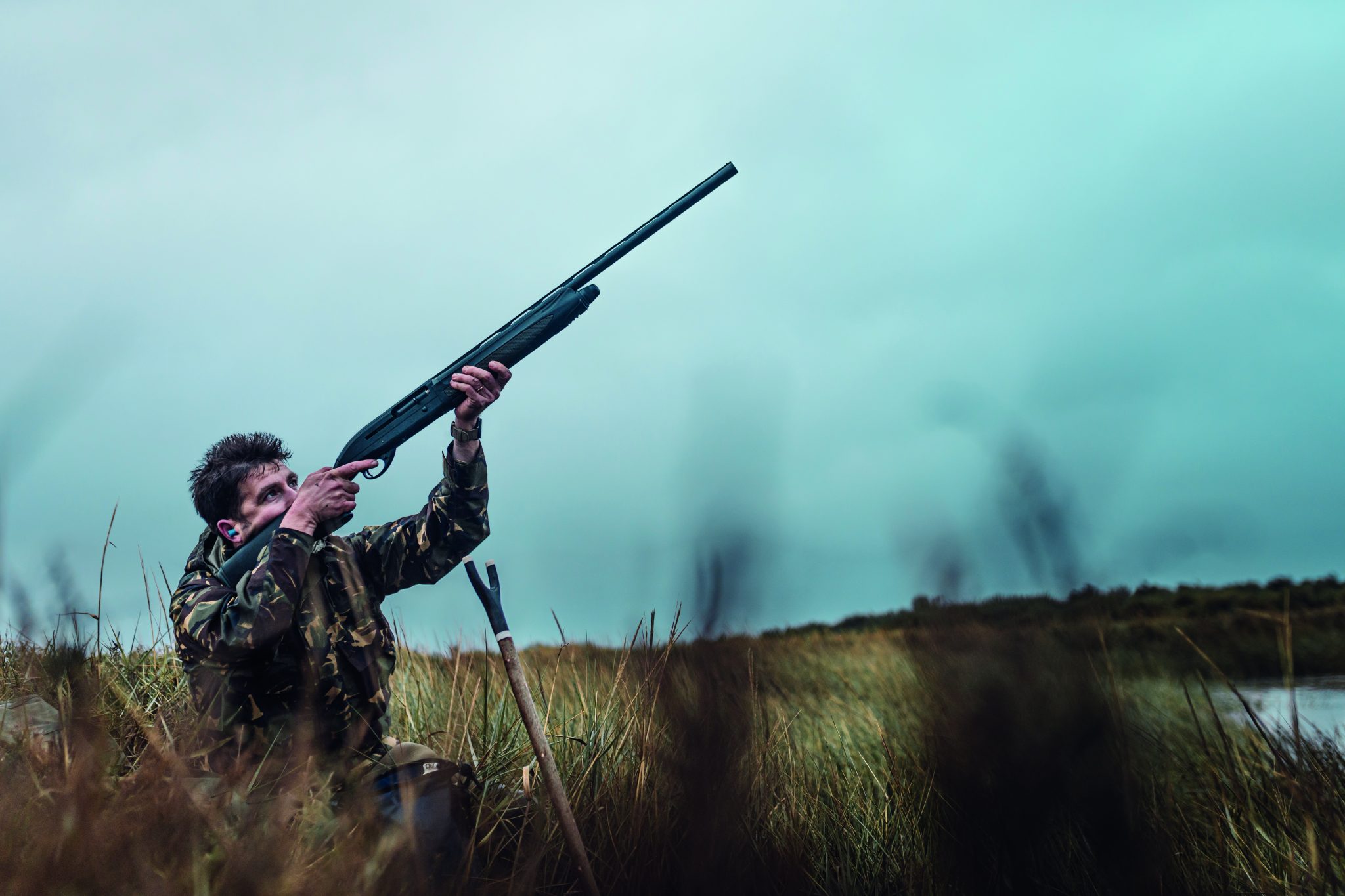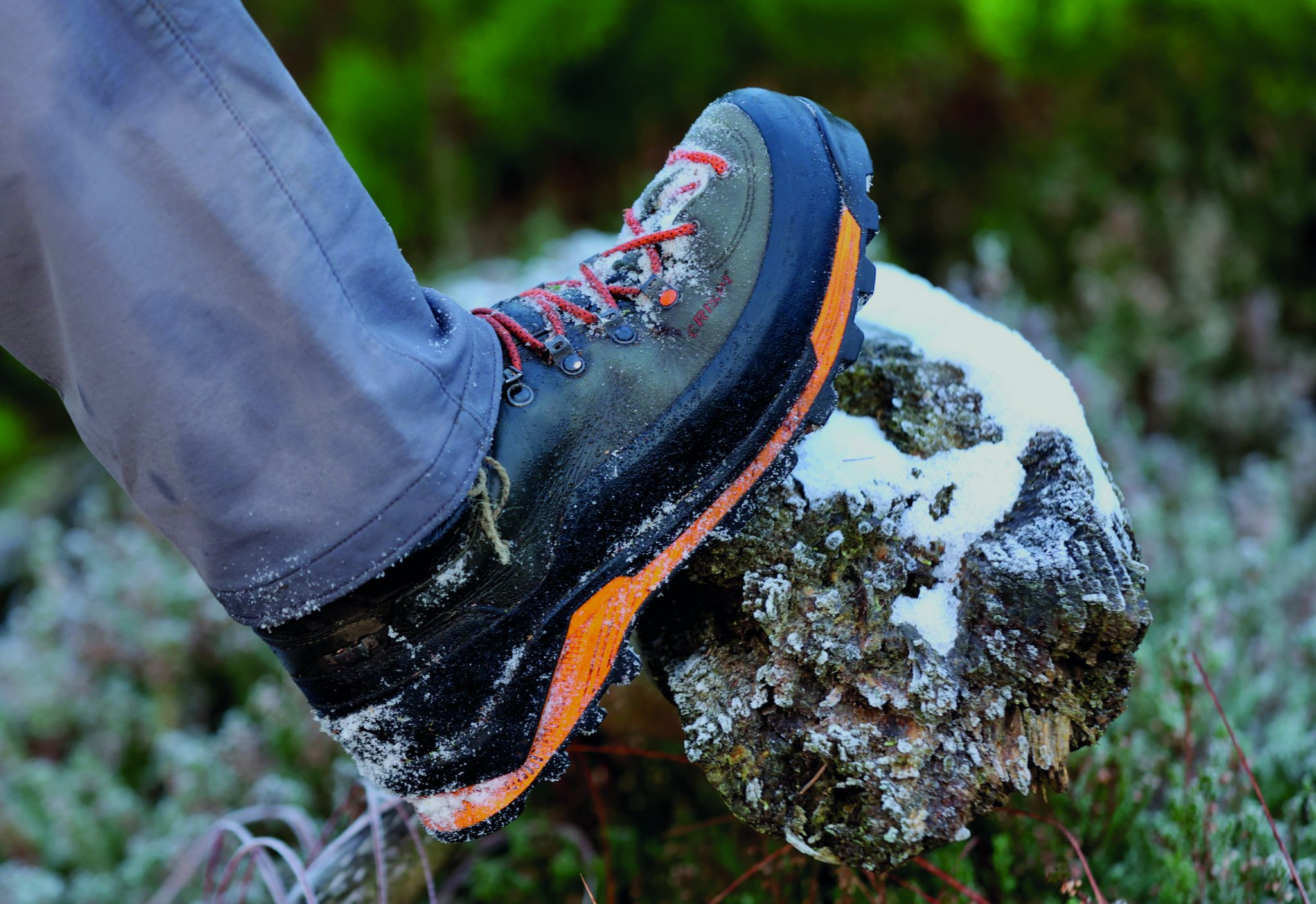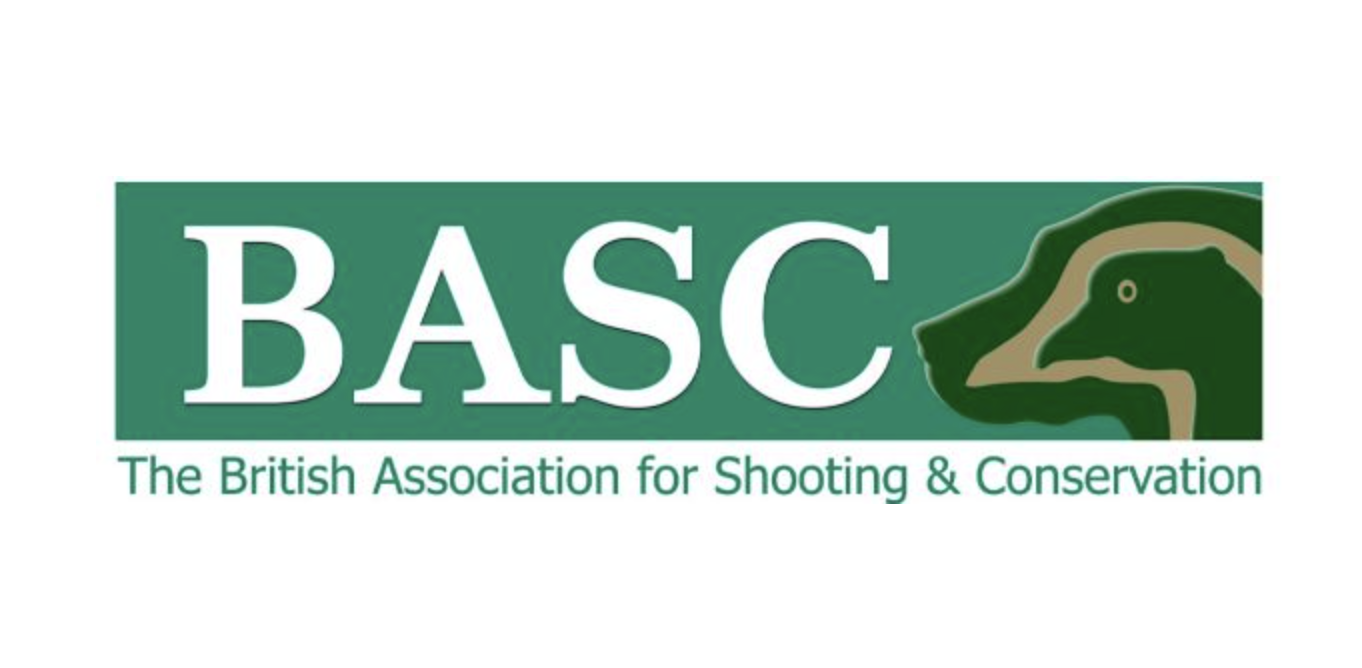Win CENS ProFlex DX5 earplugs worth £1,149 – enter here
Tips on training a Labrador puppy
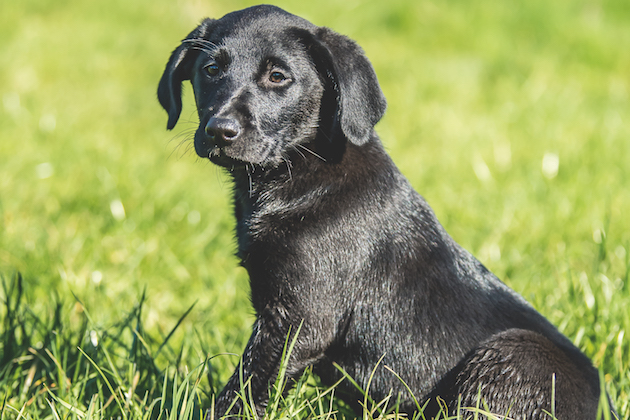 Briar
Usd 29 july 20 Q&A
Briar
Usd 29 july 20 Q&A
Follow these tips below on training a labrador puppy and you’ll be off to the best start. (Read bringing home a puppy for the first time.)
Know your puppy well
What makes your labrador puppy tick? Is it bold, timid? Before you embark on training spend plenty of time with your dog so you understand its character, strengths and weaknesses.
The first thing you must do when you bring your new puppy home is to establish a strong bond. These first days are key before training a labrador puppy. If you have a solid foundation, gundog training will go more smoothly. (Read why play training is essential for gundog puppies.)

“Crates can be very useful” advises Ellena Swift
Use a crate
Ellena Swift says: “Make a crate a nice, secure place for your puppy. Feed it in the crate and have its bed in there. Avoid using the crate as punishment. A crate will help with toilet training too, as dogs find it uncomfortable to urinate or defecate where they sleep. “(Read more on crate training a puppy.)
Feeding time
Shooting Times contributor Jeremy Hunt advises: “Rather than just putting the bowl straight down on the floor, hold it at waist height. Initially, the puppy might jump up, but be patient and eventually the dog will sit. When it does so, immediately put the food bowl down. It won’t take long for the puppy to realise that, when it sits, it gets the food — you have already started the process of getting your dog to sit.”
Find a good class
A useful way to find a good class is to ask around, find others who have attended and can give an opinion. Then go along as a spectator so you can judge for yourself.
Jeremy Hunt adds: “You’ll know you’ve found a good class when the trainer appreciates that every puppy is different. Avoid puppy classes where the trainer treats the dogs as though they are more or less all the same. All too often in a class of youngsters going to spring and summer weekly training group sessions there will be dogs that don’t progress as well as others.
“Maybe the training method is too rigid for them. Maybe the dog is a little bit more sensitive. Maybe the puppy doesn’t lack ability but needs a careful approach to its education. It could be that the trainer lacks experience.”
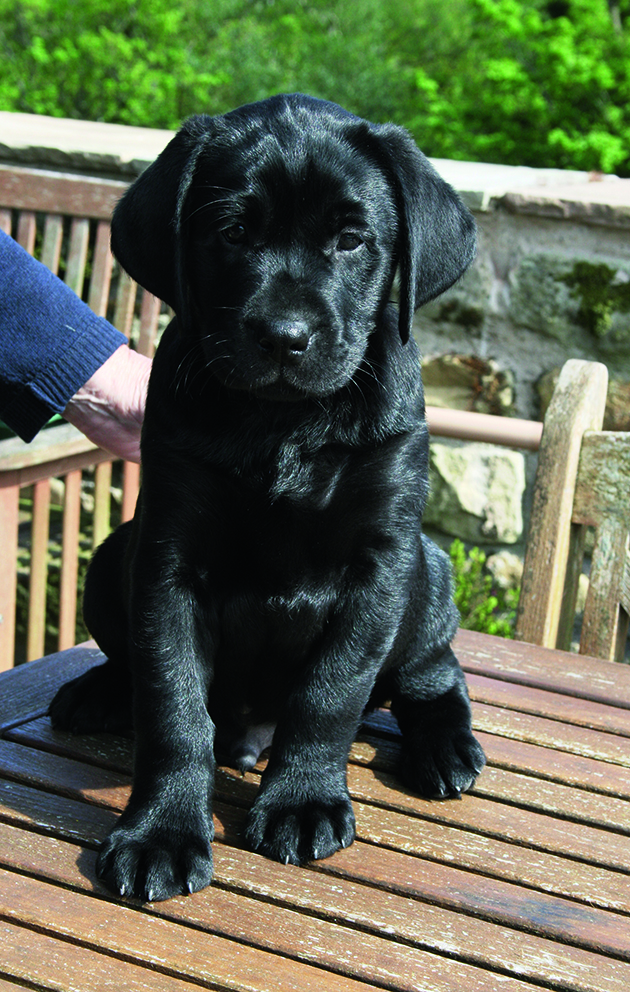
Every Labrador puppy is different and will have different characteristics
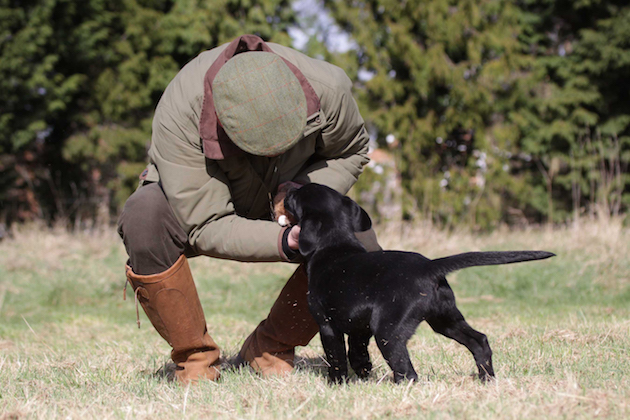
Always reward your puppy for coming back to you
Don’t rush
When training labrador puppies give them time to take in information. Once they seem to be getting it right, allow them a chance to perfect that skill before rushing ahead to the next stage.
Retrieving
You can work on your puppy’s retrieving skills from the time you bring it home at eight weeks of age. Hold onto the puppy and throw a ball. The puppy will probably see this and get very excited about running to pick it up. As soon as the ball hits the ground let the puppy go and once it picks up the ball give it lots of encouragement. The chances are the puppy will simply want to get back to you and will come running to the sound of your voice without thinking too much about the ball.
Don’t hurry to take the retrieve away. Give the pup lots of praise and then take the ball. It is likely that the puppy’s desire to get back to you will over-ride the desire for it to run off with the ball. Remember the puppy is still young. Once or twice is quite enough at first and do not throw the ball too far.
Try to use either an area of lawn or at least flat grass so that the puppy can see the ball. You need to make things very easy at this stage.
A word on training
A puppy’s brain and ability to retain instructions will not be in a condition to start coping with even the most basic of gundog training until he is at least six months old. So no rushing.
Barking
Don’t comfort or feed your dog when it is barking for attention. This is rewarding unwanted behaviour. Don’t shout at it to stop barking either. Try getting the puppy’s attention with a clap or use the whistle. As soon as the puppy is quiet, redirect its attention to something productive and rewarding (like a toy) and after getting its attention, practise simple commands, such as “sit” or “down”, in order to shift its focus.
(Read the risks of over exercising a puppy.)
Biting
Most puppies mouth but dogs need to understand that their teeth should never touch us. Keep lots of soft toys to hand and put one in the dog’s mouth when he opens it to get hold of you. Do not play roughly as this gives the wrong message. Puppies do need to bite and chew, so make sure they have plenty of safe items for gnawing.
This article was originally published in 2017 and has been updated.
Related Articles
Get the latest news delivered direct to your door
Subscribe to Shooting Times & Country
Discover the ultimate companion for field sports enthusiasts with Shooting Times & Country Magazine, the UK’s leading weekly publication that has been at the forefront of shooting culture since 1882. Subscribers gain access to expert tips, comprehensive gear reviews, seasonal advice and a vibrant community of like-minded shooters.
Save on shop price when you subscribe with weekly issues featuring in-depth articles on gundog training, exclusive member offers and access to the digital back issue library. A Shooting Times & Country subscription is more than a magazine, don’t just read about the countryside; immerse yourself in its most authoritative and engaging publication.



